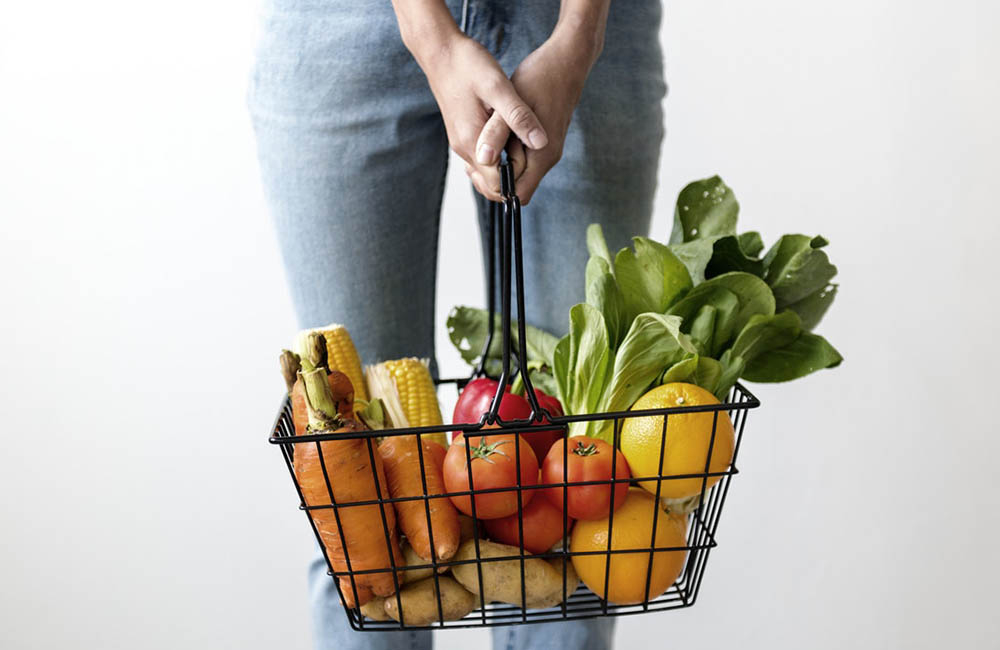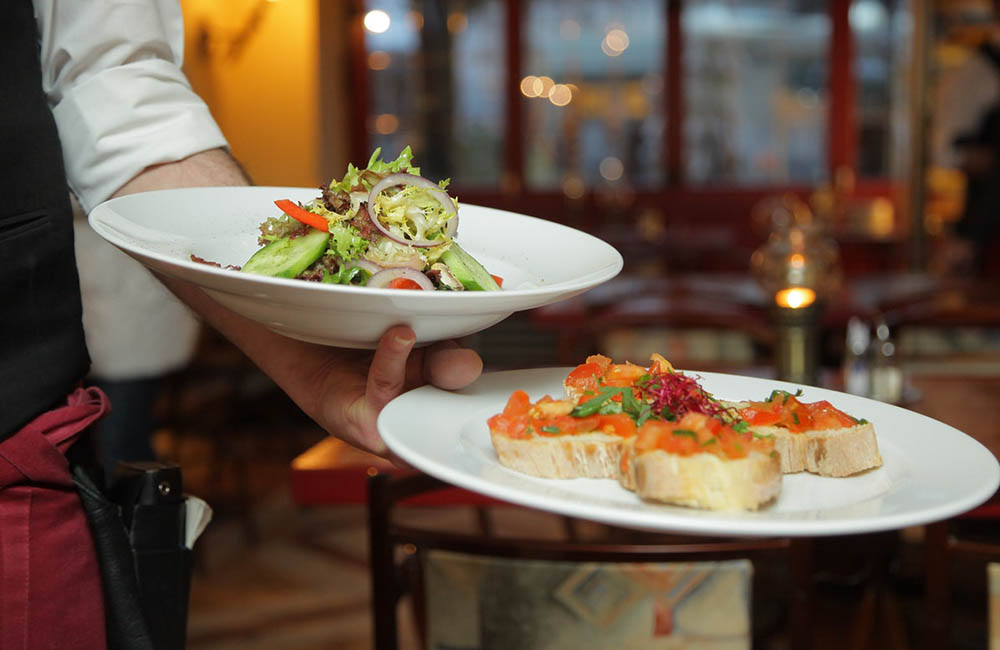Cutting costs is essential for every business, and while costs can be cut in the form of workers, it can also be cut in material costs. Restaurant food costs can be cut, and in some cases, you may be able to save 10% or more on your food costs.
There are many ways to cut costs, too.
But there will be a limit to how much you can save and optimize your costs. If you're just starting out, chances are you don't have food cost controls in place yet. You're paying what your supplier is asking, and you're just starting to consider cost reduction ideas.
What can you do to start cutting your food restaurant costs?

Don't Try and Start Bidding Wars Among Vendors
Bidding wars among vendors sound like a great thing until you consider all of the factors. You see, bidding wars and a small restaurant will equate to waste. Someone has to sit there and compare bids, price shop and then try and find the lowest bidder.
When the bidder does decide to raise their prices, the process will continue again.
It's not a good way of controlling food costs.
Large chain operations know that it's best to work with one main purveyor that will supply the majority of your restaurant's foods. It's all about building long-lasting relationships in business, and you can't build a lasting relationship when you're switching suppliers every few months.
When you start working with one main supplier who might supply all of your food, or even 80% of your food, you'll then start to discuss how to control food costs.
But when working with multiple vendors, sometimes 6 - 7, you will have a lot less leverage when discussing discounts.
Start by Reducing Your Waste with Proper Management
How much food does your restaurant waste per year? Annually, the average restaurant wastes 75,000 pounds of food.
That's a massive amount of food.
And it ends up in the garbage. One key thing to do to reduce your food costs is to find a way to cut back on this immense waste.
A few methods of cutting restaurant food cost by reducing the amount of waste you have is to:
-
Try and find ways to use food that has gone stale. You can take strawberries that are past their time and turn them into a jam or sangria perhaps. Bread can be made into bread crumbs or croutons.
-
Train all cooks to use food that is on its way to going bad. You can do this by putting dates on all of the food containers so that whatever food items came into the restaurant first are also the items that are used first. This reduces the amount of spoilage that you may have.
-
Stop waste in its tracks by using food cost management software. Not only will this software help manage costs, but you'll be able to keep inventory of all of your ingredients. There is also ordering software that will suggest the quantities that you should buy based off of your past orders.
One thing you'll learn as a restaurant owner is that you need to also bring your cooks on board if you want to be able to control your food costs. Cooks don't understand restaurant food costs because they're just doing their job.
But if you guide your cooks properly, you'll be able to cut back on waste and food loss.
One method that works very well is to make a prep list. Your list should be kept short and concise, and the goal of the list is to tell cooks how much ingredients will need to be prepared on a given day.
The reason for this is that without a list, studies have shown that cooks will prepare more food than needed.
Once this is done, you can move on to some other methods that the average restaurant can employ when learning how to cut costs.

Work with Your Food Suppliers to Cut Costs
Food suppliers need to make money, too. A lot of times, a new restaurant owner won't understand that food does take a lot of money to grow. There is an overhead that the supplier must meet, and then an upcharge to make a profit.
This is true in every business, so try and understand that your supplier may not be able to cut costs as much as you would like.
Shopping around for the best prices, starting bidding wars and insulting some suppliers is definitely not in your best interest. A lot of owners tend to do this, but not only does it cost more money in the long-term, but it's also going to leave some suppliers very insulted.
Instead, try and work with your current suppliers to secure discounts in a few different ways:
-
Ask about ordering in bulk as a way to reduce overall costs
-
Discuss bulk shipments being sent out over the course of the month to reduce waste
-
Inquire about paying upfront for goods, rather than in net-30 or net-60 at a discounted rate
Suppliers may also be able to sell you the "not perfect" tomatoes and produce that still tastes the same and is in fine condition, but the produce wouldn't be sold in stores.
Purchasing Programs with Other Small Restaurants
When you're a big restaurant, you have far more leverage when asking for a discount than a small restaurant. So, what can you do when you really need the discount that larger restaurants are able to secure?
What are some restaurant owners doing?
Creating purchasing programs. What happens is that an organization is formed, working with many small restaurants, as a means of pooling resources together to keep costs low. If 20 restaurants are negotiating with a supplier, it's far easier to keep costs low.
Secure Products from Local Farmers
Local farmers, or as local as you can get, are a great choice to work with. The goal is to work with these farmers, securing good prices, building local relationships and also cutting down on one main cost: transportation.
It's a lot cheaper to transport strawberries from a local farmer than to have them shipped from Mexico.
It's an effective way of controlling food costs.
Supporting the local economy can also help boost business, especially in a small town. Smaller towns often encourage business owners to find local suppliers, and this can result in more business for your restaurant.
Consider signing a prime vendor agreement.
What this agreement allows is for you to agree to buy goods in large quantities from a vendor. When a vendor hears that you'll be spending $100,000 on food a year with them instead of $20,000, they'll be more inclined to offer a discount.
Work on these forms of agreements with any and all suppliers that you have.

Consider Portion Control to Reduce Food Waste
Everyone enjoys a large portion when they order an entrГ©e, but as an owner, you need to pay close attention to which food items are being discarded. For example, a lot of restaurants will offer a hamburger with a pickle on the side.
But what happens if 50% of those pickles aren't being eaten?
You can't just pluck them off of the plate and use them for your next customer. There are very real sanitary concerns at play.
What you should be doing, and this can be done over the course of a week or month, but what you should be doing is having your waiters and waitresses take a tally of which food items are being discarded.
Perhaps the fettuccine dish has a portion size that results in 20% of people throwing away a good portion of the food. Reducing this portion size by 10% will save you on food costs, reduce waste and will not likely be noticed by customers.
When portion sizes are too extreme, it will result in waste.
You may also want to consider something else: high-gross items. Every restaurant has food items that provide a higher overall profit. Steaks, for example, may be less profitable than a pasta dish.
Find the dishes that offer the highest profits, and then try and sell more of these dishes.
Costs are generally lower for these high-profit items, and you'll be able to earn more money in the long-term as a result.
If a certain dish is costly and doesn't sell well, you may also consider dropping it from the menu.
These measures can help you reduce your restaurant's food cost by 10%, and you'll be able to enter into long-term relationships with suppliers as a result.


